Vinegar and Salt for Refrigerator Pickled Peppers
cronky
16 years ago
Related Stories
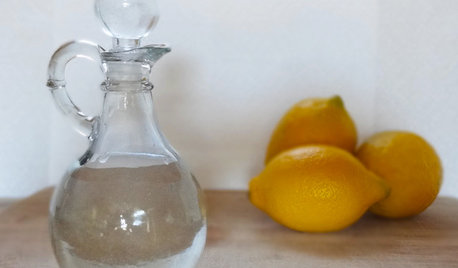
HOUSEKEEPINGVinegar and Voilà: Clean Your House the Natural Way
Ditch the commercial cleaners for nontoxic, inexpensive and versatile white vinegar
Full Story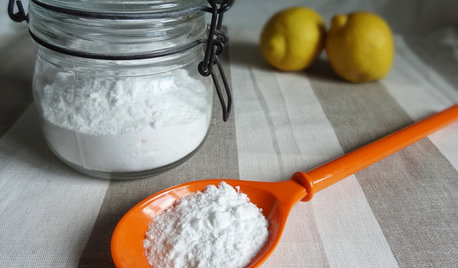
HOUSEKEEPINGBaking Soda: The Amazing All-Natural Cleanser You Already Own
Battle grime, banish odors and freshen clothes with this common nontoxic cupboard staple
Full Story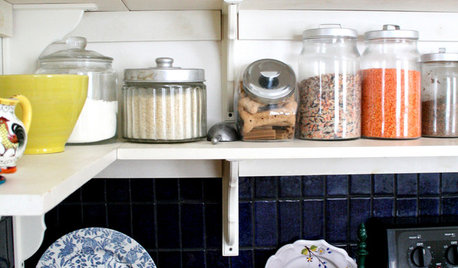
KITCHEN DESIGNDisplaying Kitchen Supplies — Hot or Not?
Do some kitchens just beg for a cozy row of canisters and gear for all to see? Have a look and let us know what you think
Full Story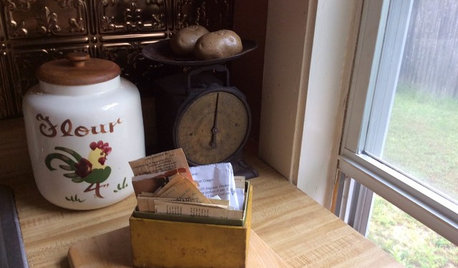
KITCHEN DESIGN5 Home Cooks Share Their Favorite Family Recipes
Peek inside the kitchens of these Houzz users and learn how to cook their time-tested, passed-down dishes
Full Story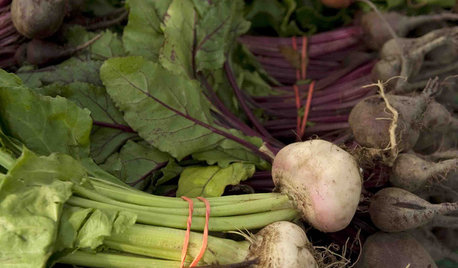
FARM YOUR YARDCool-Season Vegetables: How to Grow Beets
Give canned versions of this fall and spring garden favorite the heave-ho and discover its true flavor and colors
Full Story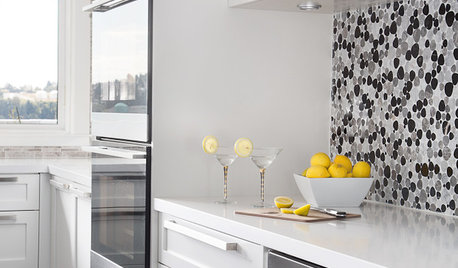
KITCHEN DESIGNNot a Big Cook? These Fun Kitchen Ideas Are for You
Would you rather sip wine and read than cook every night? Consider these kitchen amenities
Full Story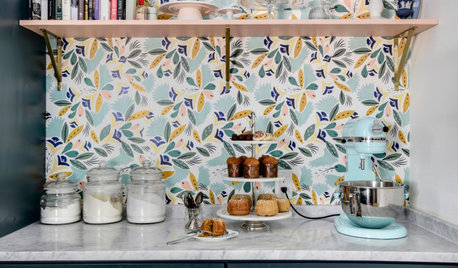
KITCHEN DESIGN12 Items Worth a Spot on Your Kitchen Counter
Keep these useful tools and accessories out in the open to maintain high function without spoiling the view
Full Story
FEEL-GOOD HOME21 Ways to Waste Less at Home
Whether it's herbs rotting in the fridge or clothes that never get worn, most of us waste too much. Here are ways to make a change
Full Story
KITCHEN DESIGNHouse Planning: How to Set Up Your Kitchen
Where to Put All Those Pots, Plates, Silverware, Utensils, Casseroles...
Full Story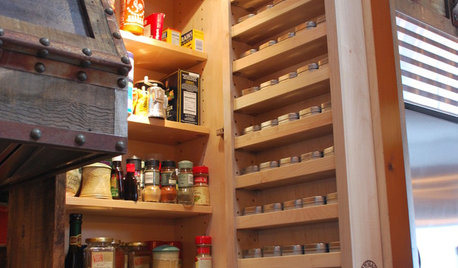
KITCHEN DESIGN7 Steps to Pantry Perfection
Learn from one homeowner’s plan to reorganize her pantry for real life
Full StoryMore Discussions






readinglady
cronkyOriginal Author
Related Professionals
Franconia Landscape Architects & Landscape Designers · Biloxi Landscape Contractors · Commack Landscape Contractors · Darien Landscape Contractors · El Segundo Landscape Contractors · Mastic Beach Landscape Contractors · Woodburn Landscape Contractors · Golden Valley Landscape Contractors · North Hills Landscape Contractors · Manchester Roofing & Gutters · Minneapolis Roofing & Gutters · Lake Forest Roofing & Gutters · Dearborn Driveway Installation & Maintenance · Escondido Driveway Installation & Maintenance · Indio Driveway Installation & MaintenanceLinda_Lou
cronkyOriginal Author
readinglady
kayskats
readinglady
Linda_Lou
readinglady
ksrogers
kayskats
Linda_Lou
readinglady
kayskats
readinglady
Linda_Lou
ksrogers
John__ShowMe__USA
kayskats
ksrogers
kayskats